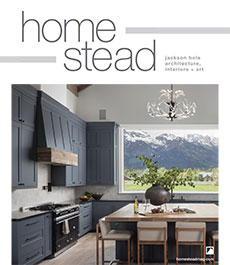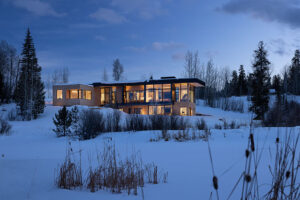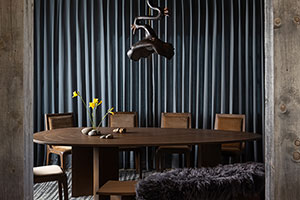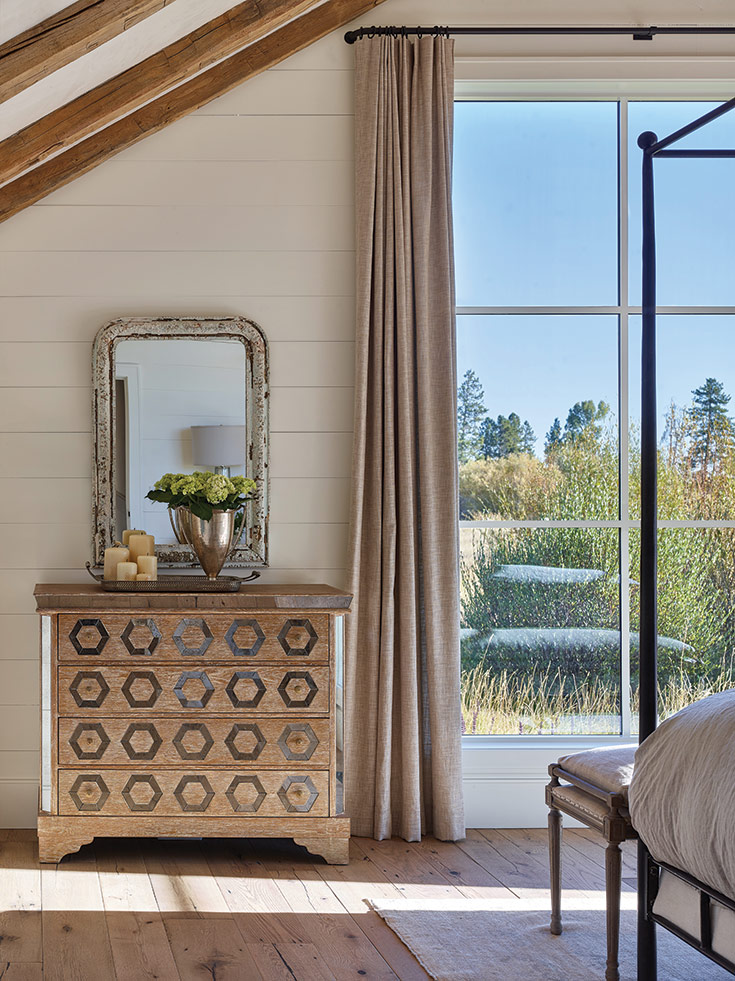
Story By
Meg Daly
A quiet revolution is underway in interior design and architecture. As more Americans embrace the concept of wellness—which looks at all aspects of wellbeing, from physical health to social and emotional health as well—so too are design professionals expanding ways wellbeing can be incorporated into our lived environments.
Jackson Hole is home to one of the world’s experts in this field. Veronica Schreibeis Smith is the founder of Vera Iconica, an architecture firm specializing in wellness architecture. She is also the chair of the Wellness Architecture Initiative at the research and education nonprofit Global Wellness Institute.
Schreibeis Smith says in this day and age we need our homes to be healing spaces. “We live frenetically paced lifestyles,” she says. “Our homes ground us and offer dimensions of healing we are not getting from other parts of our lives.”
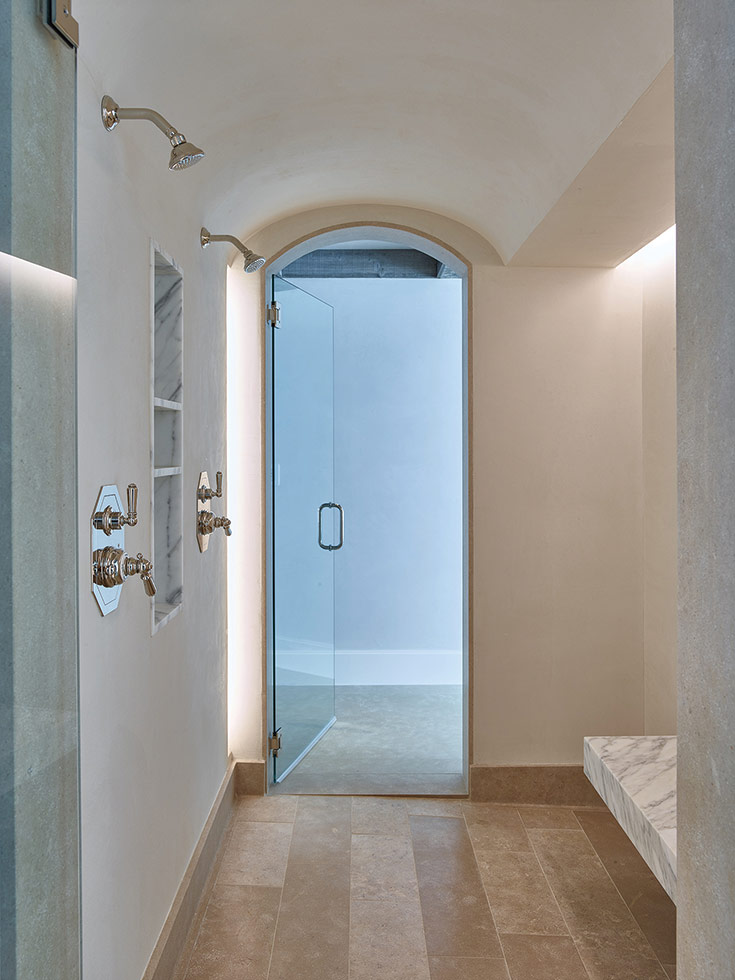
Plaster
Natural clay plaster regulates humidity, releases negative ions—which are mood boosters—and neutralizes airborne pollutants, such as formaldehyde.
Wellness is a different metric than green building, Schreibeis Smith explains. A building can be LEED certified for using insulation materials that prevent heat loss. But those materials may be toxic, and there is no regulatory body keeping tabs on off-gassing of building materials. A wellness approach to insulation would be to choose another material—Schreibeis Smith suggests blown-in sheep’s wool—that meets the same standards for heat loss and will ensure nontoxic air quality in a building.
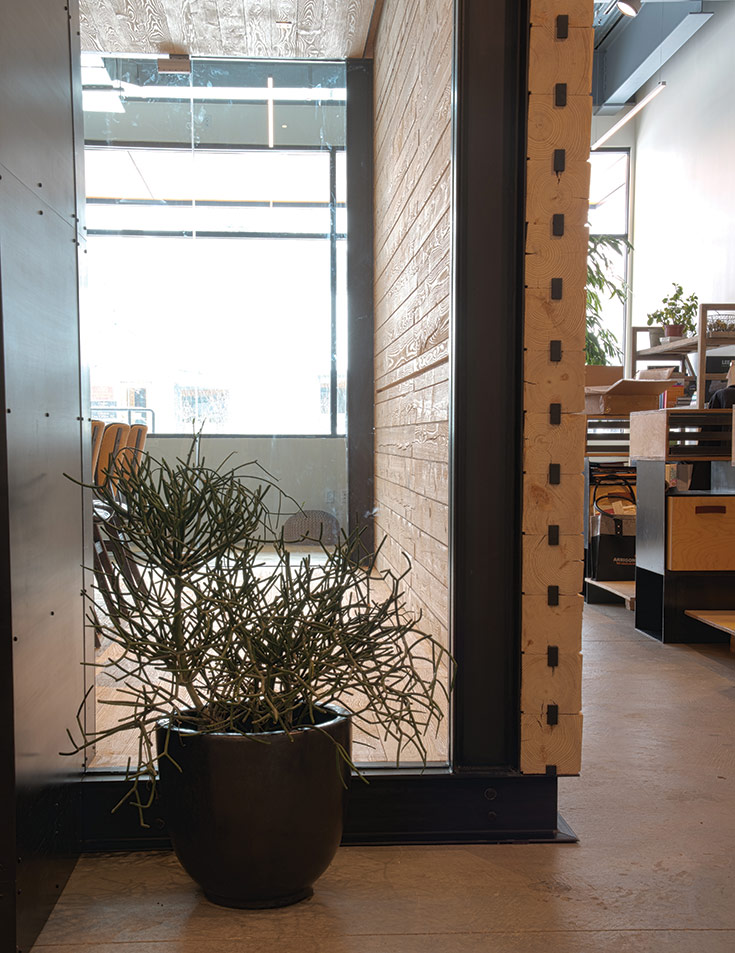
Natural Wood Products
Exposure to natural wood lowers blood pressure, heart rate and psychological stress, while increasing your ability to focus and fend off illness.
Materials are one concern when thinking about wellness architecture and interior design. But other factors apply as well. Schreibeis Smith talks extensively with her clients, learning about their family priorities and needs. She designs spaces that encourage social interaction and easy flow, which in turn enhance healthy relationships within a household.
Wool
A natural, sustainable and renewable resource, wool is an excellent nontoxic, flame-resistant thermal and acoustic insulator.
While the visual experience is important, Schreibeis Smith counsels that wellness design is not just about creating a pretty environment. “A building can be beautiful, but if it makes people sick, it failed,” she says. “It’s not just about looks.”
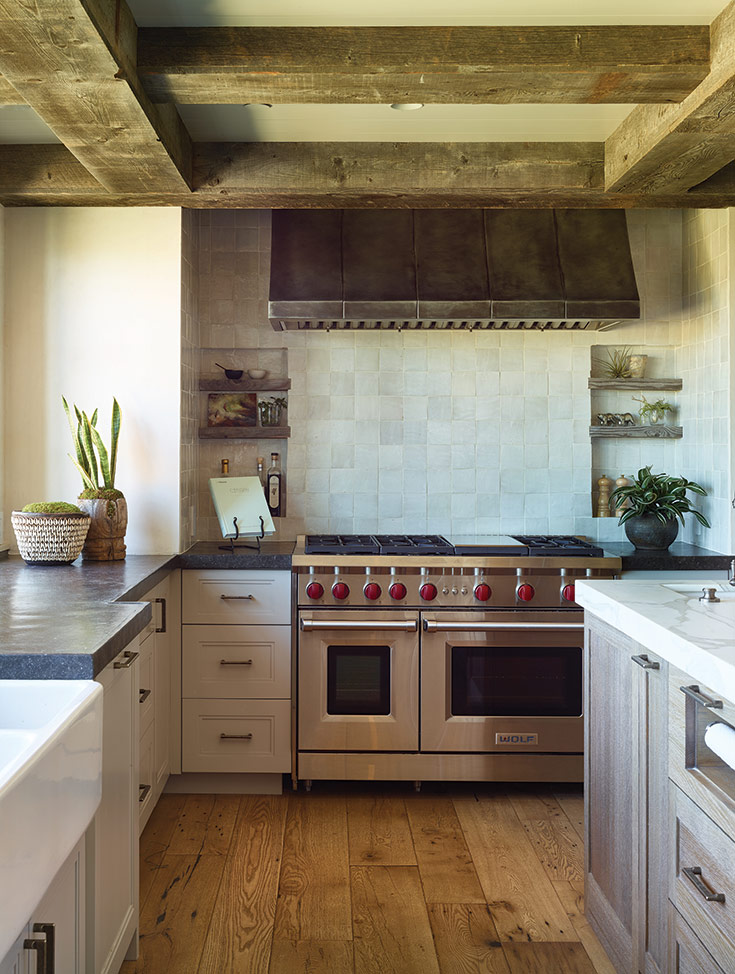
Wellness architecture and design should encompass all dimensions of health and wellbeing. Schreibeis Smith notes that having a fountain of water is both soothing aurally and emotionally purifying. Plants purify the air, she says, and also offer the visual experience that science has proven is soothing to humans. Wood—walls, tables, floors—offers natural smells and richer acoustics than other materials.
“Those of us involved in wellness architecture want to make meaningful change in the industry,” Schreibeis Smith says. “And it starts with awareness.”
